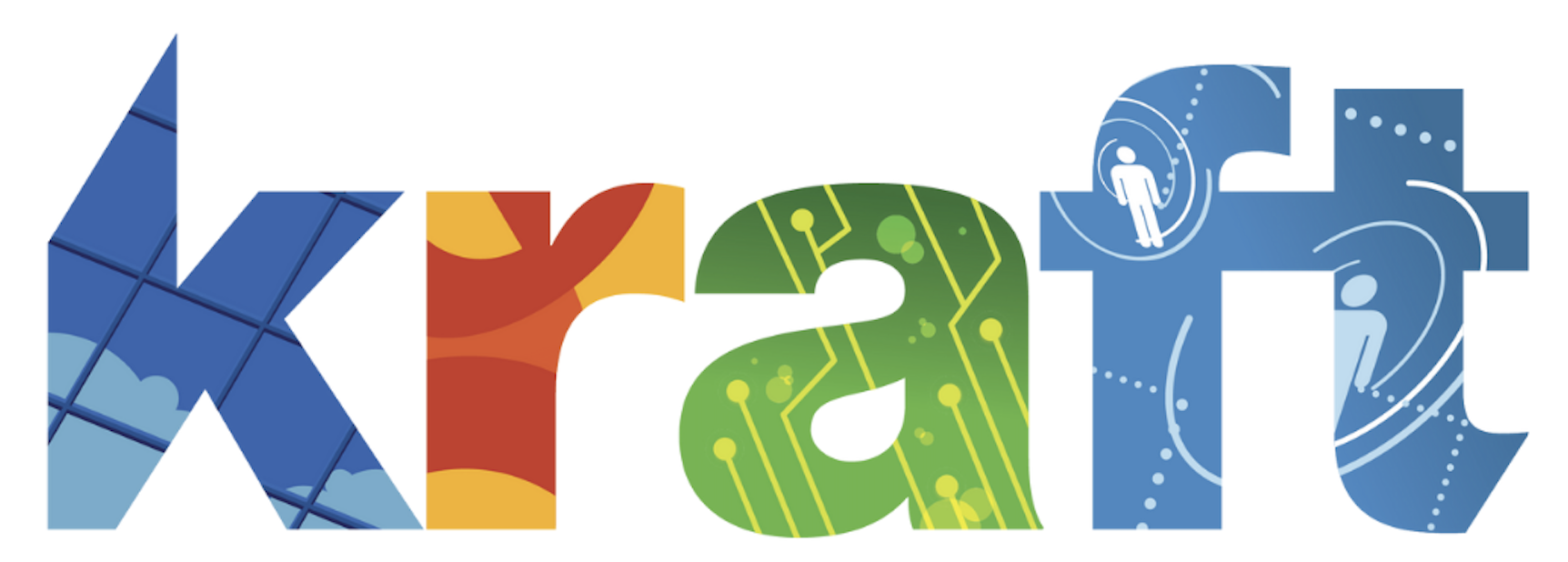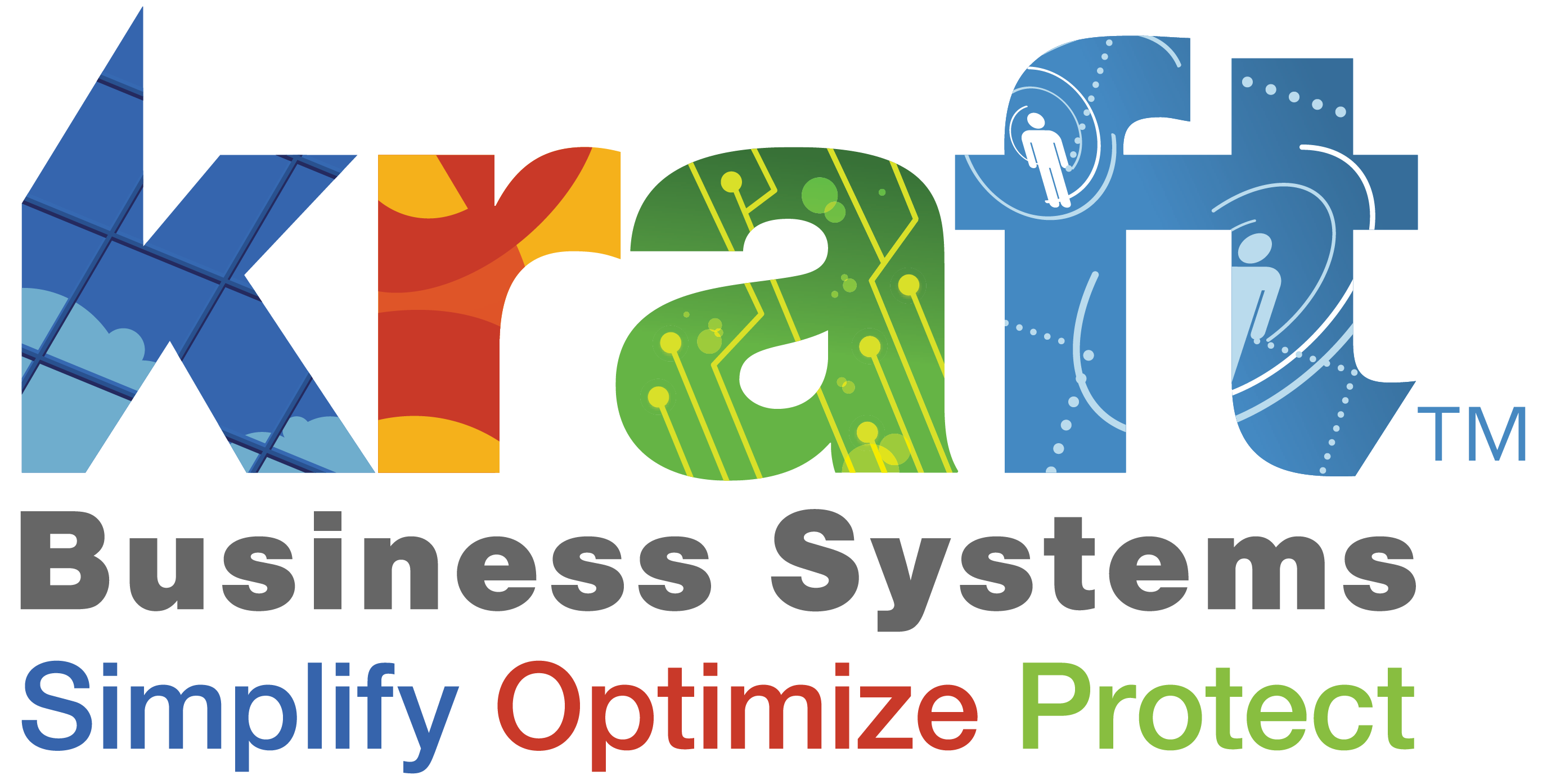Personalizing Managed IT Services
Managed IT services have become an essential component for businesses of all sizes, providing a comprehensive suite of IT support and management solutions tailored to meet specific needs. In an era where technology is integral to business operations, personalizing these services is crucial to maximizing efficiency, security, and productivity.
This article aims to delve into the concept of personalized managed IT services, exploring their benefits, types, and how businesses can effectively implement them to suit their unique requirements.
Personalized Managed IT Services: Enhancing Business Efficiency
What Are Managed IT Services?
Managed IT services refer to the practice of outsourcing various IT functions to a third-party provider, known as a Managed Service Provider (MSP). These services encompass a wide range of IT tasks, including network management, cybersecurity, data backup and recovery, and help desk support.

By leveraging managed IT services, businesses can offload the responsibility of maintaining their IT infrastructure, allowing them to focus on their core operations.
Types of Managed IT Services
- Managed Security Services: These services focus on enhancing the security posture of a business by implementing robust security measures, conducting regular security assessments, and providing real-time threat monitoring and response.
- Managed Print Services: These services manage a company’s printing needs, optimizing print workflows, reducing printing costs, and ensuring the efficient operation of printing devices.
- Cloud-Based Managed Services: These services involve the management of cloud infrastructure and applications, providing scalable and secure solutions that can be accessed from anywhere.
- Help Desk Support: This service provides end-users with technical support, troubleshooting, and issue resolution, ensuring that IT problems are addressed promptly.
- Remote Monitoring and Management: This involves the continuous monitoring of IT systems and networks to identify and resolve issues before they cause significant disruptions.
- Disaster Recovery: This service ensures that a business can quickly recover from any IT disaster, such as data loss or system failure, by maintaining up-to-date backups and recovery plans.
- Application Service Providers: These providers manage and deliver software applications to users over a network, typically the internet.
- Hosting Services: These services involve the hosting and management of websites and applications, ensuring they are available and performing optimally.
Personalized Managed IT Services: Enhancing Business Efficiency
Benefits of Personalized Managed IT Services
Personalizing managed IT services offers numerous advantages that can significantly impact a business’s efficiency, security, and overall performance.
- Enhanced Security and Managed Security Services: Personalized managed security services ensure that security measures are tailored to address specific threats and vulnerabilities unique to a business. This approach enhances the overall security posture, providing proactive threat detection and response.
- Improved Efficiency and Productivity: Customizing managed IT services to align with business processes and goals can streamline operations, reduce downtime, and enhance productivity. By addressing specific IT needs, businesses can operate more efficiently.
- Cost Savings: Personalized managed IT services can lead to significant cost savings by optimizing resource utilization, reducing the need for in-house IT staff, and preventing costly downtime and security breaches.
- Tailored Solutions for Business Needs: Every business has unique IT requirements. Personalized managed IT services ensure that the solutions provided are specifically designed to meet these needs, resulting in more effective and efficient IT management.
- Scalability and Flexibility: Personalized services can be scaled up or down based on a business’s growth and changing needs. This flexibility ensures that the IT infrastructure can adapt to new challenges and opportunities without significant disruptions.
Personalized Managed IT Services: Enhancing Business Efficiency
Types of Managed IT Services
Managed IT services come in various forms, each designed to address different aspects of a business’s IT needs. Understanding these types helps in selecting the right mix of services for personalized IT management.

- Managed Security Services: These services provide comprehensive security solutions, including threat detection, incident response, and compliance management. They ensure that a business’s IT environment is protected from cyber threats.
- Managed Print Services: These services optimize and manage a company’s print infrastructure, reducing costs and improving efficiency. They include printer maintenance, supply management, and workflow optimization.
- Cloud-Based Managed Services: These services manage cloud infrastructure and applications, providing secure, scalable, and flexible solutions. They include cloud migration, management, and optimization services.
- Help Desk Support: This service offers technical support to end-users, resolving IT issues quickly and efficiently. It includes troubleshooting, user assistance, and support for software and hardware problems.
- Remote Monitoring and Management: These services involve the continuous monitoring of IT systems to identify and resolve issues proactively. They ensure that IT infrastructure operates smoothly and efficiently.
- Disaster Recovery: This service ensures that businesses can quickly recover from IT disasters, such as data loss or system failures. It includes data backup, recovery planning, and testing.
- Application Service Providers: These providers manage and deliver software applications over a network, offering a cost-effective way to access and use business applications.
- Hosting Services: These services involve the hosting and management of websites and applications, ensuring their availability and performance. They include server management, website hosting, and application hosting.
Personalized Managed IT Services: Enhancing Business Efficiency
The Role of Managed Service Providers (MSPs)
Managed Service Providers (MSPs) play a critical role in delivering managed IT services. They act as an extension of a business’s IT department, providing expertise, resources, and support to manage and maintain IT infrastructure effectively.
Definition and Role of MSPs
An MSP is a third-party company that manages and assumes responsibility for providing a defined set of IT services to its clients. MSPs offer a broad range of services, from network and infrastructure management to cybersecurity and cloud services. They help businesses offload the burden of IT management, allowing them to focus on their core operations.
How MSPs Support Businesses
MSPs support businesses by providing proactive IT management, monitoring, and support. They ensure that IT systems are running smoothly, prevent issues before they arise, and offer rapid response and resolution when problems occur. MSPs also provide strategic IT planning and consulting, helping businesses align their IT infrastructure with their goals and objectives.
The Importance of Choosing the Right MSP
Choosing the right MSP is crucial for the success of managed IT services. Businesses need to consider several factors, including the MSP’s experience, expertise, range of services offered, and ability to customize solutions. A good MSP should have a proven track record, offer comprehensive services, and be able to tailor their offerings to meet the specific needs of the business.
Personalized Managed IT Services: Enhancing Business Efficiency
Personalizing Managed IT Services
Personalizing managed IT services involves tailoring the services to meet the specific needs and goals of a business. This approach ensures that the IT solutions provided are effective, efficient, and aligned with the business’s objectives.
Assessing Business Needs
The first step in personalizing managed IT services is to assess the business’s needs. This involves understanding the current IT infrastructure, identifying areas for improvement, and determining the specific requirements and goals of the business. This assessment helps in creating a tailored IT service plan that addresses the unique needs of the business.
Customizing Service Offerings
Once the business needs are assessed, the next step is to customize the service offerings. This involves tailoring the support services, service level agreements (SLAs), and security services to meet the specific requirements of the business.
- Tailored Support Services: Customized support services ensure that the business receives the level of support it needs. This can include dedicated help desk support, on-site assistance, and specialized technical support.
- Custom Service Level Agreements (SLAs): SLAs define the level of service that the MSP will provide. Customizing SLAs ensures that the service levels align with the business’s needs and expectations, providing a clear framework for service delivery and performance measurement.
- Specialized Security Services: Security is a critical aspect of managed IT services. Personalizing security services ensures that the business’s specific security needs are addressed, providing comprehensive protection against cyber threats.
Deploying and Managing Personalized Solutions
Deploying personalized IT solutions involves implementing the customized service plan and managing the IT infrastructure to ensure it operates smoothly. This includes setting up and configuring IT systems, monitoring performance, and providing ongoing support and maintenance.
Continuous Monitoring and Improvement
Personalizing managed IT services is an ongoing process. Continuous monitoring and improvement ensure that the IT services remain effective and aligned with the business’s changing needs. This involves regular reviews of the service performance, identifying areas for improvement, and making necessary adjustments to the service plan.
Personalized Managed IT Services: Enhancing Business Efficiency
Common Managed IT Services and Their Benefits
Managed IT services offer a wide range of benefits that can significantly impact a business’s efficiency, security, and overall performance. This section will explore some common managed IT services and their specific benefits.
Managed Security Services
Managed security services provide comprehensive protection against cyber threats. These services include threat detection, incident response, and compliance management, ensuring that the business’s IT environment is secure.
- Enhanced Cybersecurity: Managed security services implement robust security measures to protect against cyber threats, reducing the risk of security breaches.
- Proactive Threat Detection and Response: These services provide real-time monitoring and response to security threats, ensuring that any potential issues are addressed promptly.
Managed Print Services
Managed print services optimize and manage a company’s print infrastructure, reducing costs and improving efficiency.
- Cost-Effective Printing Solutions: These services optimize print workflows, reducing printing costs and improving efficiency.
- Reduced Downtime: Managed print services ensure that printing devices are maintained and operational, reducing downtime.
Cloud-Based Managed Services
Cloud-based managed services manage cloud infrastructure and applications, providing scalable and secure solutions.
- Scalable Infrastructure: These services provide scalable solutions that can grow with the business, ensuring that the IT infrastructure can adapt to changing needs.
- Enhanced Data Security: Cloud-based services offer enhanced security measures to protect data and applications.
Help Desk Support
Help desk support provides end-users with technical support, troubleshooting, and issue resolution.
- Quick Issue Resolution: Help desk support ensures that IT issues are addressed promptly, minimizing downtime and disruption.
- 24/7 Support Availability: These services provide round-the-clock support, ensuring that help is available whenever needed.
Remote Monitoring and Management
Remote monitoring and management involve the continuous monitoring of IT systems to identify and resolve issues proactively.
- Proactive System Monitoring: These services monitor IT systems in real-time, identifying and addressing issues before they cause significant disruptions.
- Reduced Risk of Downtime: Remote monitoring ensures that IT systems operate smoothly, reducing the risk of downtime and ensuring business continuity.
Personalized Managed IT Services: Enhancing Business Efficiency
Choosing the Right Managed IT Service Provider
Selecting the right Managed IT Service Provider (MSP) is crucial for the success of personalizing managed IT services. The right provider can significantly impact the effectiveness of IT management and support.
Key Factors to Consider
- Experience and Expertise: Assess the provider’s experience in the industry and their expertise in delivering managed IT services. Look for providers with a proven track record and relevant industry certifications.
- Range of Services Offered: Ensure that the MSP offers a comprehensive range of services that align with your business needs. This includes managed security services, cloud-based services, help desk support, and disaster recovery.
- Customization Options: The ability to customize services to meet specific business requirements is essential. Ensure the provider can tailor their service offerings and SLAs to fit your unique needs.
- Pricing and Contract Terms: Evaluate the pricing models and contract terms. Look for transparent pricing, flexible contract options, and terms that provide value for your investment.
Questions to Ask Potential Providers
When interviewing potential MSPs, ask the following questions to gauge their suitability:
- What experience do you have in our industry?
- Can you provide references or case studies from similar businesses?
- What is included in your managed IT service packages?
- How do you customize your services to meet specific business needs?
- What are your SLAs, and how do you measure performance?
- How do you handle data security and compliance?
- What are your pricing models and contract terms?
- How do you ensure continuous improvement and support?
Evaluating Service Level Agreements (SLAs)
SLAs define the level of service that the MSP will provide. Evaluate the SLAs to ensure they align with your business expectations. Key elements to consider include:
- Service Availability: The guaranteed uptime and availability of services.
- Response Times: The timeframes for responding to and resolving issues.
- Performance Metrics: The metrics used to measure service performance.
- Penalties for Non-Compliance: The penalties if the MSP fails to meet the agreed service levels.
Personalized Managed IT Services: Enhancing Business Efficiency
The Future of Managed IT Services

The landscape of managed IT services is continually evolving, driven by technological advancements and changing business needs. Understanding emerging trends and future predictions can help businesses stay ahead.
Emerging Trends in Managed IT Services
- Artificial Intelligence and Automation: The use of AI and automation in managed IT services is increasing, enhancing efficiency and reducing the need for manual intervention in routine tasks.
- Cybersecurity Focus: With the rise in cyber threats, there is a growing emphasis on managed security services. Advanced threat detection, response solutions, and compliance management are becoming integral parts of managed IT services.
- Cloud Services Expansion: The adoption of cloud-based managed services continues to grow. Businesses are leveraging the scalability, flexibility, and cost-effectiveness of cloud solutions.
- Remote Work Support: The shift towards remote work has increased the demand for managed IT services that support remote working environments, including secure remote access and collaboration tools.
The Impact of New Technologies
New technologies such as AI, machine learning, and blockchain are transforming managed IT services. These technologies offer enhanced capabilities for threat detection, data analysis, and secure transactions, providing businesses with more robust IT solutions.
Predictions for the Managed Services Market
The managed services market is expected to continue its growth trajectory. Key predictions include:
- Increased Adoption: More businesses, including small and medium-sized enterprises, will adopt managed IT services to leverage expertise and cost savings.
- Focus on Cybersecurity: Managed security services will become a critical component of managed IT services, with increased investment in cybersecurity solutions.
- Customization and Flexibility: There will be a greater emphasis on personalized and flexible service offerings to meet diverse business needs.
Personalized Managed IT Services: Enhancing Business Efficiency
How to Implement Personalized Managed IT Services
Implementing personalized managed IT services involves several steps to ensure that the solutions are tailored to meet the specific needs of your business.
Steps to Assess Your Business Needs
- Conduct a Comprehensive IT Audit: Assess your current IT infrastructure, identifying strengths, weaknesses, and areas for improvement.
- Identify Business Goals and Objectives: Understand your business goals and how IT can support these objectives. This will help in aligning IT services with your strategic priorities.
- Determine Specific IT Requirements: Identify the specific IT needs of your business, including security, scalability, support, and compliance requirements.
Personalized Managed IT Services: Enhancing Business Efficiency
Creating a Tailored Managed IT Service Plan
Based on the assessment, create a customized IT service plan that addresses your specific needs:
- Identify Key Areas for Improvement: Focus on areas that need immediate attention and where managed IT services can provide the most value.
- Set Clear Goals and Objectives: Define clear goals and objectives for the managed IT services, ensuring they align with your business priorities.
- Develop a Detailed Implementation Plan: Outline the steps required to implement the personalized IT services, including timelines, responsibilities, and resource allocation.
Personalized Managed IT Services: Enhancing Business Efficiency
Collaborating with Your Managed Service Provider
Effective collaboration with your MSP is essential for successful implementation:
- Regular Communication: Maintain open and regular communication with your MSP to ensure alignment and address any issues promptly.
- Provide Feedback and Input: Share your feedback and input with the MSP to help them understand your needs and make necessary adjustments to the service plan.
- Monitor Progress and Performance: Regularly monitor the progress and performance of the managed IT services, ensuring they meet the agreed SLAs and deliver the expected benefits.
Continuous Evaluation and Adjustment
Personalizing managed IT services is an ongoing process. Regular evaluation and adjustment ensure that the services remain effective and aligned with your changing business needs:
- Regular Reviews: Conduct regular reviews of the service performance, identifying areas for improvement and making necessary adjustments.
- Adapt to Changing Needs: Adjust the service plan to accommodate changes in your business environment, ensuring the IT services continue to meet your requirements.
- Leverage New Technologies: Stay updated with new technologies and incorporate them into your managed IT services to enhance capabilities and efficiency.
Personalized Managed IT Services: Enhancing Business Efficiency
What People May Also Ask
How do managed IT services benefit my business?
Managed IT services offer several benefits, including enhanced security, improved efficiency, cost savings, and access to expert IT support. They allow businesses to focus on core operations while ensuring that IT systems are effectively managed.
How do I choose the right managed IT service provider?
Choosing the right MSP involves considering factors such as experience, range of services offered, customization options, pricing, and SLAs. It's important to evaluate potential providers based on your specific business needs.
What should be included in a service level agreement (SLA)?
An SLA should include details on service availability, response times, performance metrics, and penalties for non-compliance. It should clearly define the level of service that the MSP will provide.
How can managed IT services improve cybersecurity?
Managed IT services improve cybersecurity by implementing robust security measures, providing real-time threat monitoring and response, and ensuring compliance with security standards. MSPs offer specialized security services tailored to address specific threats.
How do I personalize managed IT services for my business needs?
Personalizing managed IT services involves assessing your business needs, customizing service offerings, collaborating with your MSP, and continuously monitoring and adjusting the services to ensure they meet your requirements.
What are the cost savings associated with managed IT services?
Managed IT services can lead to significant cost savings by optimizing resource utilization, reducing the need for in-house IT staff, preventing costly downtime, and improving operational efficiency.
How do I ensure continuous improvement in managed IT services?
Continuous improvement involves regular reviews of service performance, adapting to changing business needs, leveraging new technologies, and collaborating with your MSP to make necessary adjustments to the service plan.
Personalized Managed IT Services: Enhancing Business Efficiency
Conclusion
Personalizing managed IT services is essential for businesses seeking to enhance their IT infrastructure, improve efficiency, and ensure robust security. By selecting the right MSP, customizing service offerings, and continuously evaluating and adjusting the services, businesses can achieve tailored IT solutions that meet their unique needs. This approach not only provides significant benefits in terms of cost savings and operational efficiency but also positions businesses to effectively leverage technology for growth and success.
Consider personalizing managed IT services to address your specific business needs. Contact us today for a consultation and learn how our tailored IT solutions can help you achieve your goals.






